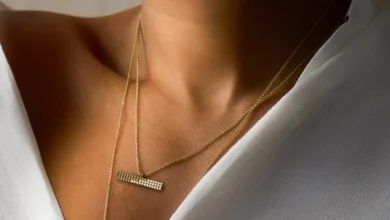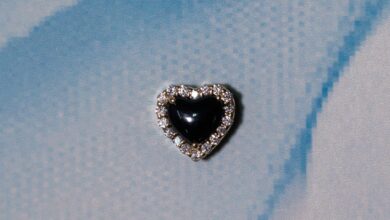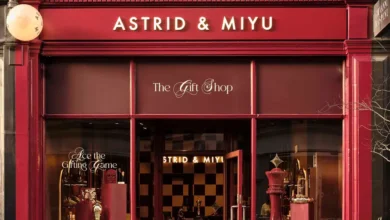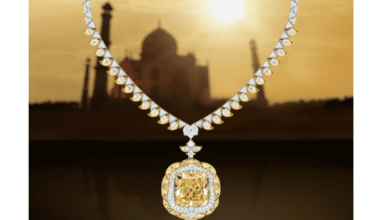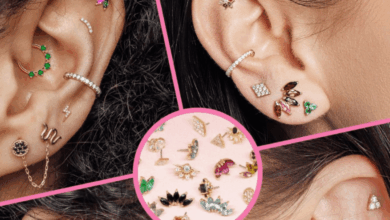Earliest example of Iron Age gold jewellery found in Staffordshire
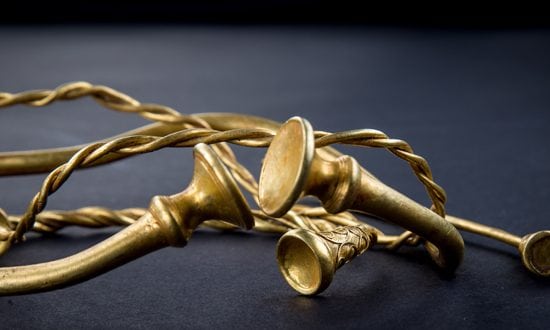
Register to get 1 free article
Reveal the article below by registering for our email newsletter.
Want unlimited access? View Plans
Already have an account? Sign in
The earliest example of Iron Age gold jewellery in Britain has been found in a farmland field in Staffordshire.
The collection, which has been named the Leekfrith Iron Age Torcs, was discovered by two metal detectorists – Mark Hambleton and Joa Kania – just before Christmas.
At an unveiling on Tuesday (February 28), experts said the unique find could date back as far as 400BC and was of “huge international importance”.
The four torcs, made up of three neck torcs and one bracelet, and are thought to be from the continent, possibly Germany or France. They have been handed over to the Portable Antiquities Scheme, part of Birmingham Museums, which manages the voluntary recording of finds.
Julia Farley, curator of British and European Iron Age collections for the British Museum, said: “This unique find is of international importance. It dates to around 400–250 BC, and is probably the earliest Iron Age gold work ever discovered in Britain.
“The torcs were probably worn by wealthy and powerful women, perhaps people from the continent who had married into the local community. Piecing together how these objects came to be carefully buried in a Staffordshire field will give us an invaluable insight into life in Iron Age Britain.”


